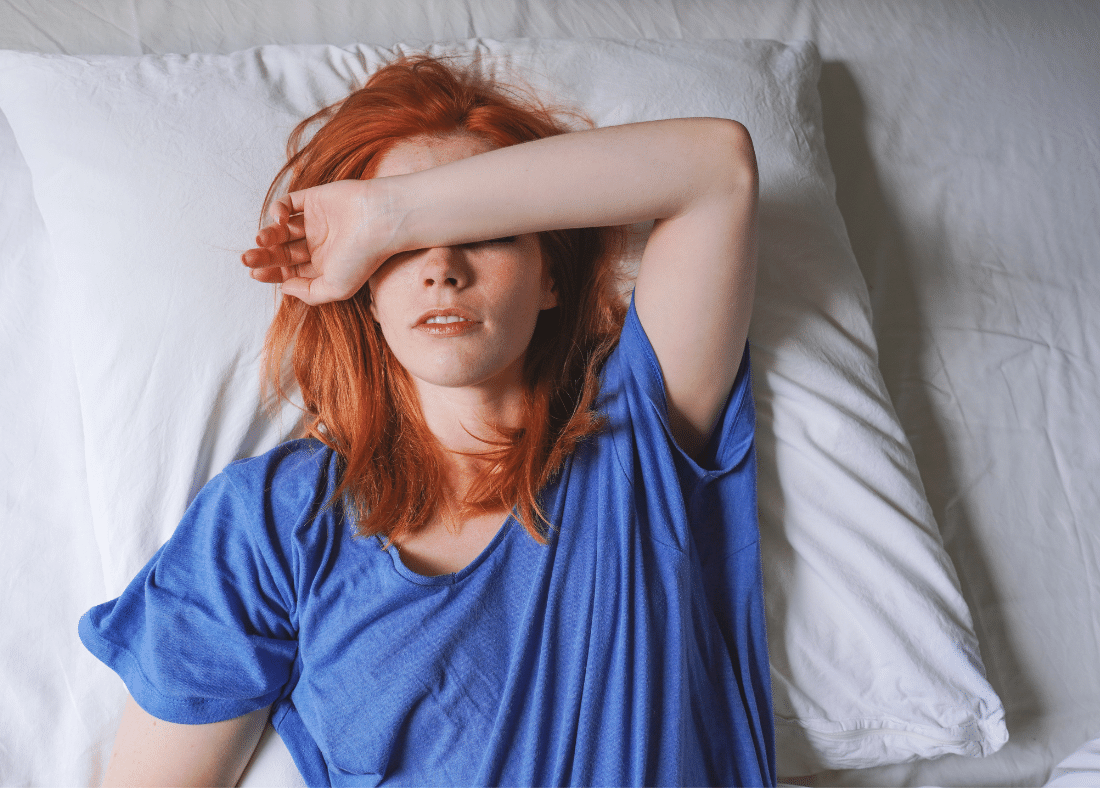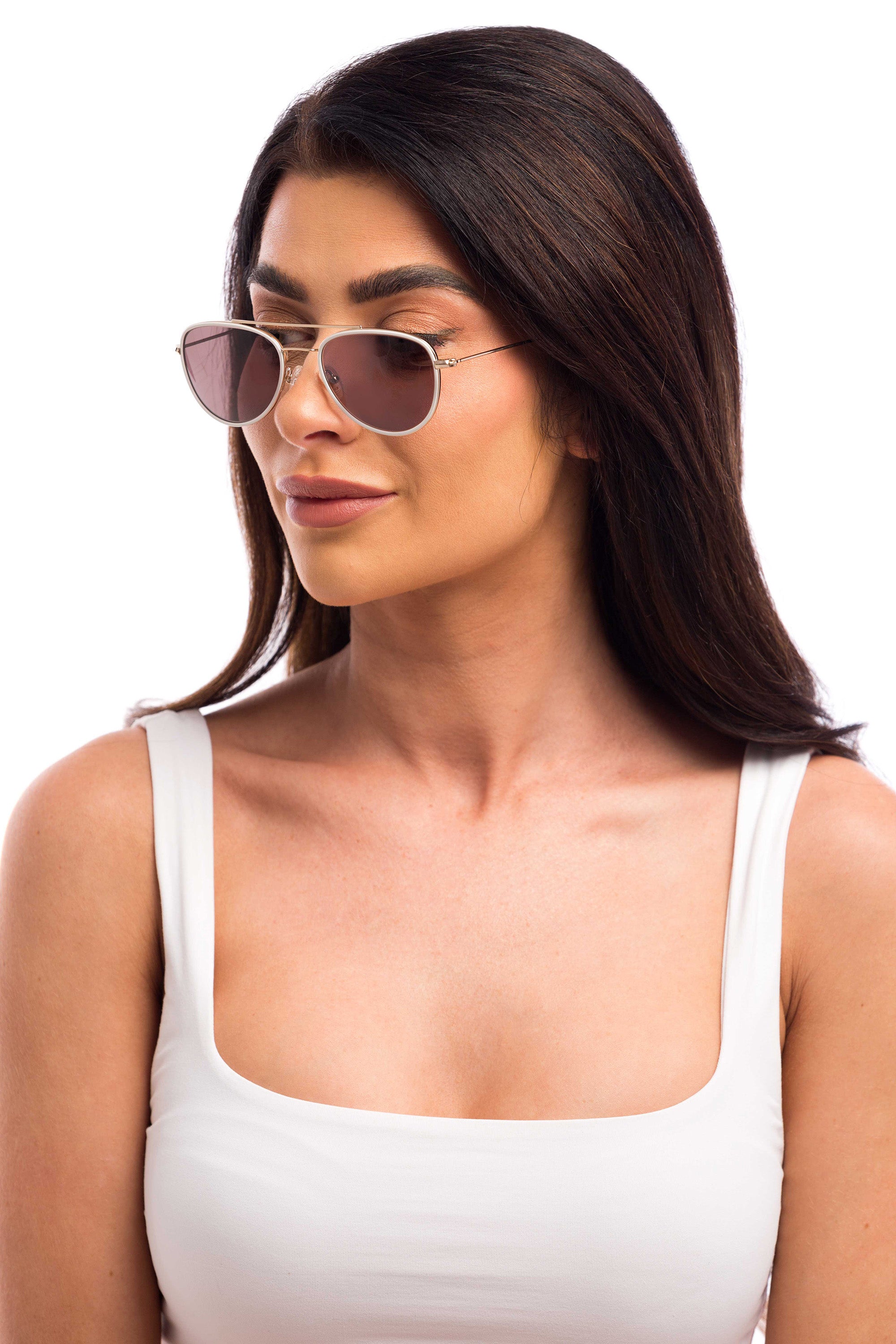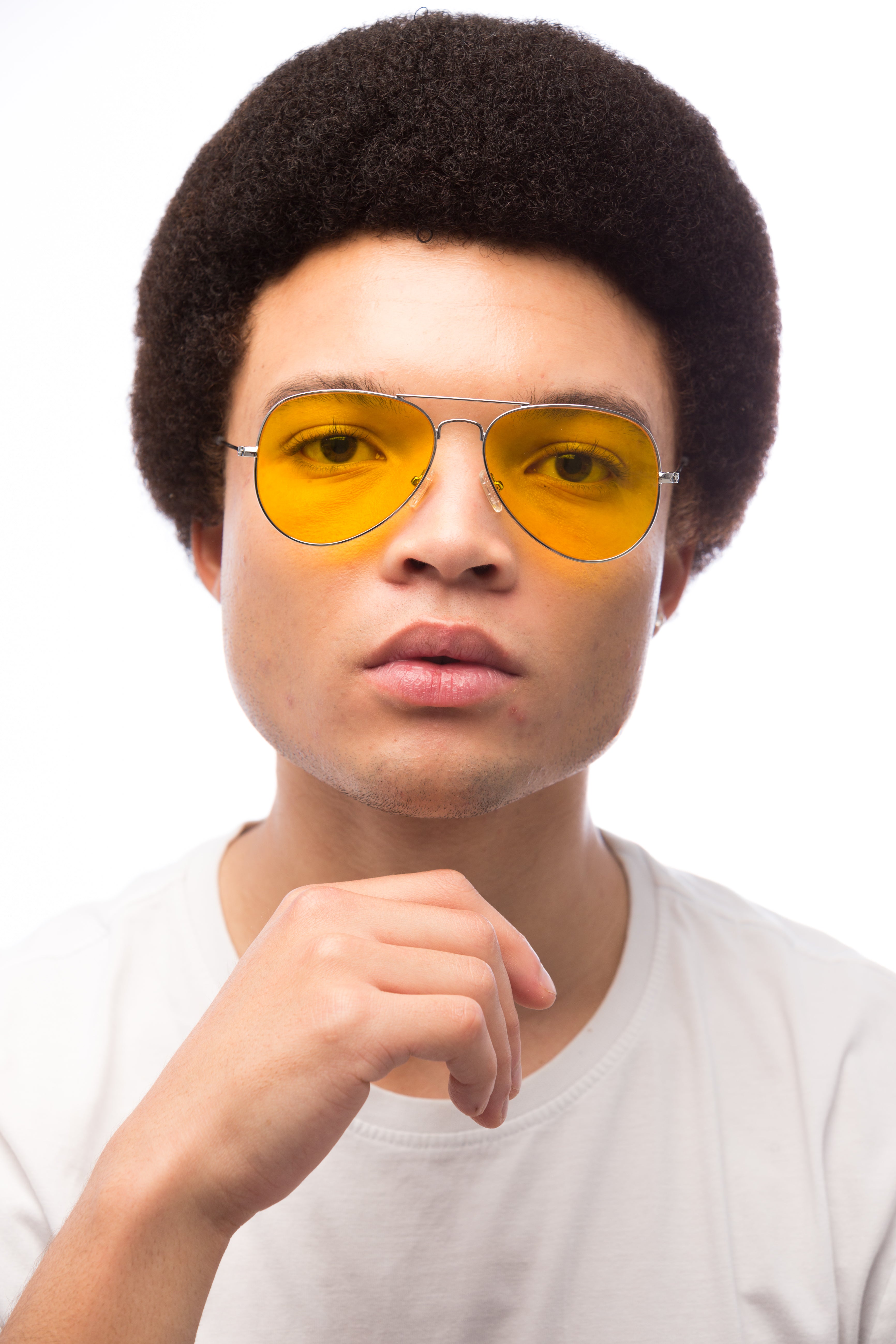Light Sensitivity: Symptoms, Causes, Treatment, And Prevention
Andy MantLight sensitivity is a common condition many people experience. It involves an extreme aversion to light, making you wish you lived in a cave.
However, as unpleasant as it may be, light sensitivity, just like pain, is important because it lets us know that an underlying problem needs to be addressed. The problem could be as simple as too much screen time, or something more serious.
Let’s take a deeper look at what exactly photophobia is, its causes, and how you can resolve this problem.
What Is Photophobia?
Photophobia refers to a condition where a person’s eyes are very sensitive to light. Even light that felt normal to them before now feels like it is too bright to bear for people with the condition.
Among the causes of photophobia are dry or inflamed eyes. However, migraines are the most prevalent cause, with up to 80% of people who suffer migraines experiencing light sensitivity along with their headaches. Even non-chronic headaches such as tension headaches can cause light sensitivity.
What Does Light Sensitivity Feel Like?
The actual photophobia symptoms vary from person to person — some feel a slight discomfort while others feel intense pain the moment they perceive light. Photophobia related to eye conditions typically has more severe reactions.
There are several theories on what happens in the eyes of light-sensitive people that make them so averse to light. Some research points to a dysfunctional pigment system, while other studies attribute photophobia to a change in the connection between light-detecting cells in your eyes and the optical nerve that travels to your brain.
Symptoms of Light Sensitivity
Light sensitivity is often not a cause for alarm but can be worrying, especially for someone experiencing it for the first time. It is essential to understand that photophobia is generally not the main issue but a symptom of an underlying condition.
Common symptoms of photophobia include:
- Aversion to light - You feel like you want to look away from light sources, even those that aren’t bright. Many people block the light source with their hands, cap, etc.
- Tension or pain in the forehead.
- Feeling compelled to close your eyes.
- Pain or discomfort when seeing light.
- Normal lighting feels too bright - You can’t bear to look at your phone even at the lowest brightness.
- Squinting eyes.
- Dry sensation in your eyes.
- Teary eyes - This sensitive to light symptom can be caused by the overproduction of tears due to eye dryness.
- Difficulty reading - The pages of a book seem like flashlights.
- Frequent blinking
People experiencing light sensitive eye symptoms will prefer:
- Manual work over computer work.
- Natural light (outdoors) over electric light (light bulb).
- Dimly lit rooms over brightly lit rooms.
- Overcast weather over sunny weather.
Causes of Photophobia
Headaches (Cluster headaches, Tension Headaches, Migraines)
As discussed before, photophobia is a common symptom of migraine. Migraine causes extreme sensitivity not only to light but also to sound and smells. The exact reason for this is not known. However, according to research, it may be due to increased connectivity in the part of the brain that processes visual and auditory information.
Extreme light sensitivity symptoms can cause tension in the eyes and head area, leading to eye pain and light sensitivity.
Eye Conditions
Different conditions such as injury and eye irritation can lead to photophobia. Some of these are:
Dry eyeDry eyes is the condition that occurs when your eyes are not getting adequate lubrication, either due to low volume or low quality of tears. Dry eyes are already very sensitive and irritant in the absence of light, so adding light only worsens it.
Light-colored eyes
Light-colored eyes have less pigment than dark eyes, which means more light can pass through to the inner eye. For this reason, people with light eyes, such as those with albinism, tend to be more sensitive to light.
Dilated pupils
The widened pupil allows more light into the eye than usual, prompting a photophobic reaction.
Cataracts
Cataracts are the clouding of the lens of the eye. The lens plays a vital role in processing light, so when it is damaged, light processing is affected, leading to glare / light sensitivity.
Corneal abrasion
This term describes an injury to the cornea, the thin, transparent, outermost layer of the eye. Like the lens, the cornea is also vital for light processing. When it is injured, photophobia is likely to occur.
Treatment for Light Sensitivity
Light sensitivity symptoms can be addressed with prescription medication and home remedies. The severity of your photophobia will determine which one is right for you. If you have severe photophobia please ensure you visit your doctor before seeking our alternative remedies.
Home-Care Options
Photophobia stemming from non-critical issues can be dealt with effectively at home. Helpful measures include:
- Reduce stress. Take active steps to reduce stress.
- Use polarized sunglasses or lenses when going outside. They help to reduce glare.
- Use eye drops to moisturize your eyes if you have photophobia arising from dry eyes.
Medical Treatments
You should visit the doctor when you experience photophobia, especially if it is sudden or comes with other symptoms like pain and blurred vision. The doctor will perform an examination to determine the cause of your light sensitivity.
The recommended medical treatment will depend on the diagnosis you receive. Some common photophobia treatments are:
- Prescription eye drops or artificial tears for inflamed or dry eyes.
- Antibiotics for eye infections.
- Antibiotic eye drops for corneal abrasions.
- Eye drops or laser treatment
- Surgery for people with cataracts.
- Tinted eyeglasses.
Light Sensitivity Prevention Measures
Measures can be taken to prevent the conditions that cause photophobia. These include:
- Use of more natural light and less artificial light.
- Limiting time spent on electronic devices. Additionally, the screen brightness should be adjusted to an eye-friendly level.
- Using specialized lenses.
- Actively managing stress
- Avoiding migraine triggers that lead to light sensitivity and nausea.
- Prevent eye infections by washing your hands frequently.
Get Relief From Light Sensitivity Symptoms With Specialty Eyewear
Eye strain stemming from digital devices is a significant cause of light sensitivity. To address this growing problem, we have developed photophobia-combating glasses, these Light Sensitivity Glasses can help with managing minor symptoms.
Contact us or visit the shop to get your own high-quality eye-soothing gear today.






